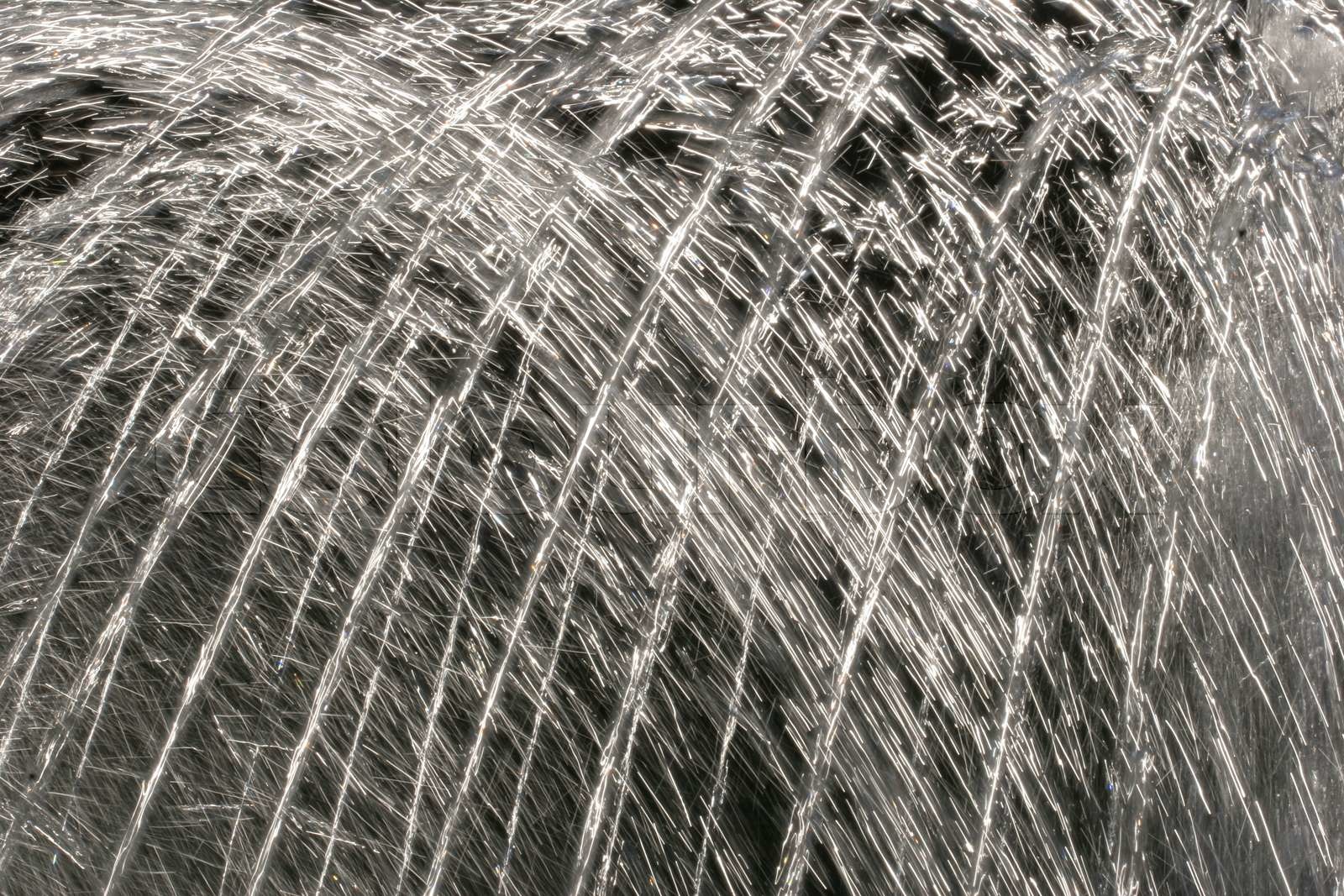The examination of water droplets in air unveils fascinating optical phenomena that contribute significantly to various fields, including meteorology, photography, and optical science. Understanding how water droplets behave as lenses is crucial for comprehending the intricate interplay between light and matter in our environment. This article aims to explore the properties of water droplets and elucidate the fundamental principles that characterize their lens-like behavior.
At the most basic level, a water droplet suspended in air behaves analogously to a convex lens. This characteristic arises from the droplet’s spherical shape, which results from the surface tension of water and the ambient atmospheric pressure acting upon it. The curvature of the droplet leads to the refraction of light—an essential phenomenon that occurs when light passes from one medium into another of differing optical densities.
The refraction process is governed by Snell’s law, which describes how light bends at the interface between two media. As light transitions from air (a less dense medium) into the water droplet (a denser medium), it experiences a decrease in speed, causing the light rays to bend toward the normal. Conversely, when light exits the droplet back into the air, it speeds up and bends away from the normal. The degree of bending is contingent upon the angle of incidence and the refractive indices of the involved media.
In many instances, water droplets can be likened to converging lenses. This happens because they focus incoming parallel light rays to a point on the opposite side of the droplet. The focal length of a droplet lens depends on its curvature—smaller droplets exhibit stronger curvature and therefore shorter focal lengths, while larger droplets possess longer focal lengths. This dichotomy in lens behavior leads to distinct optical effects, which can be observed in various scenarios, such as halos and rainbows.
Another intriguing aspect of water droplets acting as lenses is their ability to create optical aberrations. These aberrations manifest as distortions or inaccuracies in the image formation process and can be classified into several categories, including spherical aberration, chromatic aberration, and astigmatism. Spherical aberration arises when light rays emanating from different regions of the droplet’s surface focus at varying points, resulting in a blurry image. Chromatic aberration occurs due to the wavelength-dependence of light refraction: shorter wavelengths (blue light) bend more sharply than longer wavelengths (red light), causing colors to separate. Astigmatism, on the other hand, is attributed to the droplet’s non-uniform curvature, leading to varying focal lengths along different axes.
The interaction of water droplets with light is not limited to just the focusing of rays; it also leads to the phenomenon of dispersion. When white light enters a water droplet, its constituent colors are refracted at different angles, resulting in a spectrum of colors that can be observed upon emergence. This dispersion is most famously witnessed in the formation of rainbows, where sunlight interacts with raindrops in the atmosphere. Here, the combination of refraction, reflection, and dispersion creates the beautiful bands of color that adorn the sky after a rain shower.
Moreover, it is essential to acknowledge the role of surface tension and the droplet’s shape in influencing its optical behavior. The spherical shape minimizes energy and provides a stable configuration, which plays a vital role in maintaining the droplet’s integrity and maximizing its lensing properties. In atmospheric conditions, these droplets can vary in size, which in turn affects their optical characteristics, such as the significant behavior observed in fog or mist. In foggy conditions, millions of tiny water droplets act collectively as a diffuse optical material, leading to softening of light and producing a characteristic atmospheric effect.
Research in the field of photonics has opened avenues for applying the properties of water droplets in technological innovations. Microlenses based on droplet formation on fibrous substrates or specialized coatings can be engineered to harness the unique lensing capabilities of droplets for advanced imaging systems, sensors, or even optical computation. This potential highlights the broader implications of understanding water droplets not only in natural phenomena but also in cutting-edge technology.
A comprehensive understanding of how water droplets act as lenses also requires considering their role in environmental processes. The optical properties of suspended droplets influence atmospheric phenomena, such as cloud formation and precipitation. The interplay between droplets of varying sizes generates scattering effects that affect how we perceive the skies. Understanding this behavior is essential for meteorological predictions, as it contributes to cloud radiative processes and ultimately influences climate dynamics.
In conclusion, the multifaceted behavior of water droplets in the air as lenses encapsulates a convergence of physics, environmental science, and technology. By examining the principles governing light refraction, optical aberrations, and dispersion, one gains a richer appreciation of the natural world’s complexity. The study of water droplets extends beyond theoretical frameworks, holding vast potential for innovative applications in various scientific fields. The lensing properties of these minute droplets underscore their intrinsic value in both understanding the environment and developing next-generation technologies.










